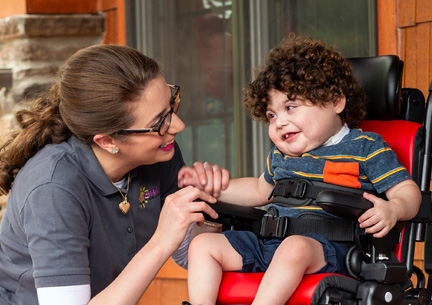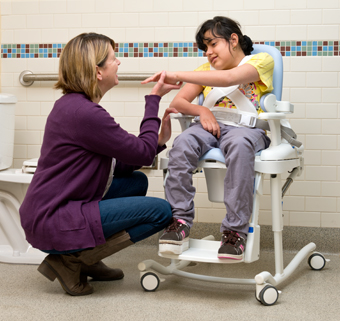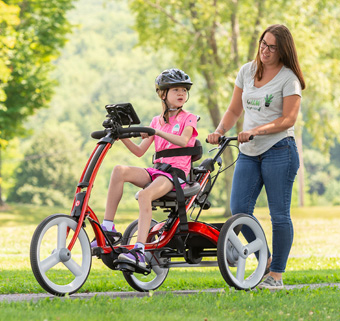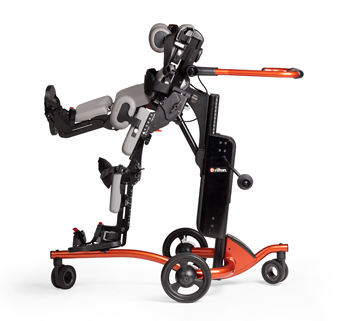Evidence Update: Stretch Effectiveness in Children with Neuromuscular Disabilities
| October 2016In therapy, children with neuromuscular disabilities receive routine stretching interventions for contracture management and the alignment of the hip and spine. Depending on a child’s clinical presentation, stretch interventions range from short-term passive and active stretching to prolonged stretches using adaptive standers, serial casts or orthoses. However, according to four therapists published this Fall in the journal Pediatric Physical Therapy, this widely prescribed intervention stems from a clinically unfounded rationale describing contracture physiology. Given the stretch intervention’s wide application and a small, but noted potential for causing pain and sleep disturbances, these clinicians determined the need for more research. Their work to date is the most comprehensive systematic review for rating the efficacy of the various stretch interventions in a pediatric population with neuromuscular disturbances.
Using the Evidence Alert Traffic Light System to Determine Effectiveness
The systematic review includes studies with Levels I & II Oxford Levels of Evidence. Perhaps the most useful tool the researchers give us for analyzing the results is the Evidence Alert Traffic Light System (EATLS). The EATLS rates the intervention on the following criteria:
- A green light indicates there is sufficient high-quality evidence supporting an intervention to warrant its effectiveness and use.
- A yellow light indicates low-quality or conflicting evidence for the effectiveness of an intervention. All yellow light interventions should be accompanied by a sensitive outcome measure to confirm whether or not the intervention is working.
- A red light means that the intervention is ineffective or unsafe as indicated by the evidence.
Using the EATL, the clinicians then provide a tidy summary called “Clinical Recommendations From the Evidence” for every stretch intervention technique for children with neurological disabilities. These are listed below.
Clinical Recommendations From the Evidence
- Casting: Consistent low-level evidence indicates that serial casting for short-term ankle ROM improvement is a green-light intervention. Casting to improve levels of activity and participation has insufficient evidence, so it is a yellow light intervention for these measures.
- Orthoses: Consistent low-level evidence indicates the wearing of orthoses that limit plantar flexion is a green light intervention for improving gait. Yellow light interventions include orthotic use for preventing contractures and improving levels of activity and participation.
- Positioning and Stretching: All positioning and stretching interventions are yellow light as there are insufficient levels of evidence to make any clear recommendations.
- Supported Standing Programs: Standing programs using an adaptive device are a green light intervention for improving lower extremity BMD. All other outcome measures are yellow light interventions.
Discussion
As many interventions for flexibility are yellow-light, the study authors emphasize the importance of clinical experience and a patient’s perceived quality of care in determining the best treatment approach. They also point out that a logical approach to stretching intervention is the top-down method. As indicated by research, there are successful outcomes at the body functions and structure level when a therapist emphasizes activities and participation. With stretch intervention, this would mean that a therapist works on gait or stair climbing (for example) over specifically stretching a certain muscle group to achieve the best range of motion outcome.
Reference: Craig J, Hilderman C, Wilson G, Misovic R. Effectiveness of stretch interventions for children with neuromuscular disabilities: evidence-based recommendations. Pediatr Phys Ther. 2016; 28:262-75.





